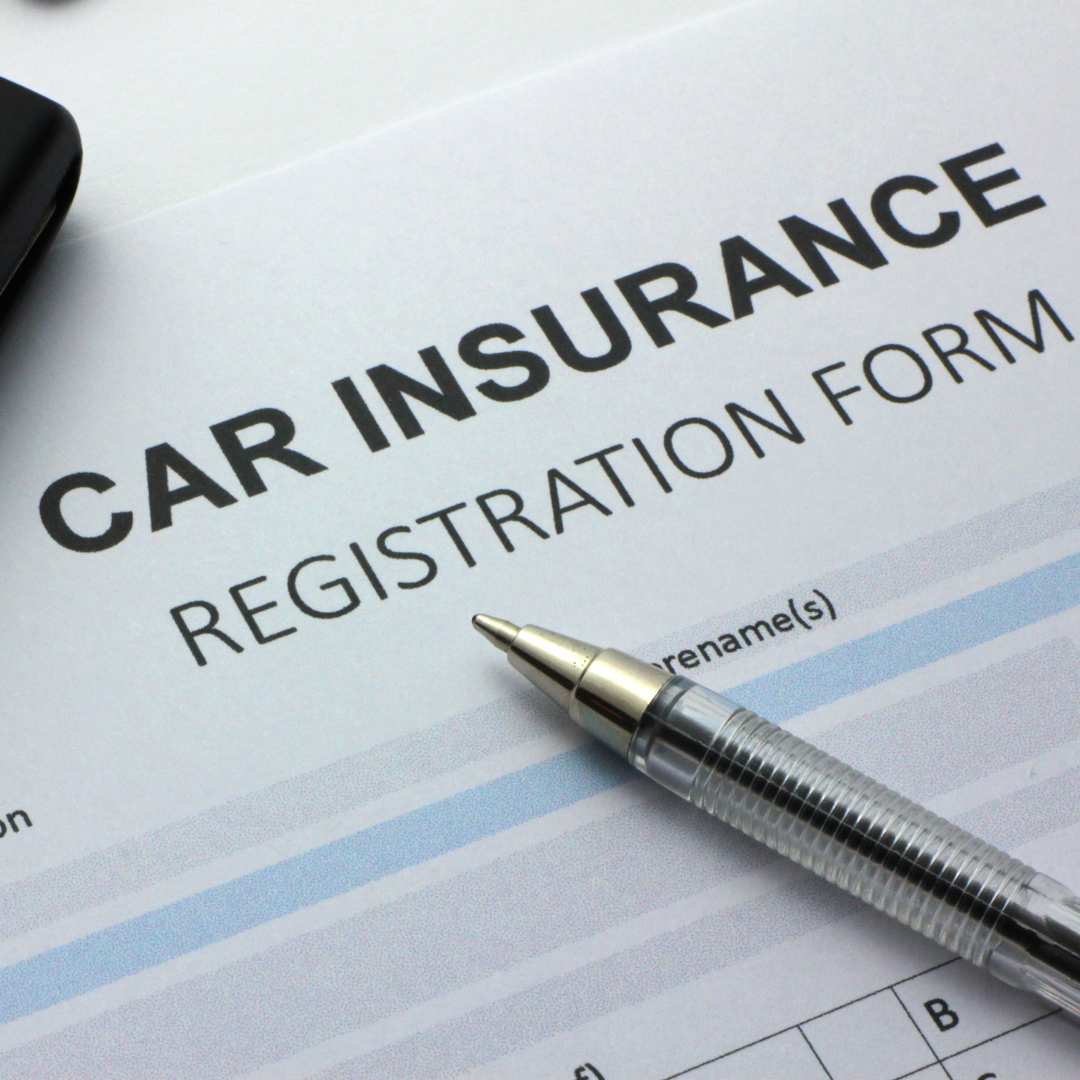What Are the Common Terms and Conditions for Car Insurance?

Knowing your terms and conditions is key to getting the best deal when it comes to car insurance. Getting the right insurance for your car at the right price means understanding the policies and documentation that you are required to give before you are covered. It is also important to understand your policy conditions and coverage limits. With a bit of research and some time spent reviewing the terms and conditions of your contract, you can ensure your car insurance provides you with proper coverage that meets your needs.
Of course, past incidents can affect your car insurance premiums. If you have been caught drink driving and were in an accident, this will push up your costs. Even with essential support behind you like Sparks Law Firm, for example, who can help you fight your case in court and potentially get you a good deal, you will still feel some effects. But that is better than being in prison or being fined an exorbitant amount of money.
Car insurance terms can get quite complex, but the liability portion of a policy, which covers the costs associated with a car crash, is what every driver should understand. The first thing you will need to understand is the classification. This involves classifying your car as either a car, truck, or motorcycle, and have it based on geographical location.
If you are in the market for new car insurance, you might be like most people and start comparing insurance quotes online. But before you finalize a policy, make sure to check the “fine print” of the terms and conditions. These documents cover everything from what “driving” means, how much you are expected to pay out of pocket, and what your deductible will be. And, as you might expect, the most common terms and conditions for car insurance cover your driving record.
Here Are the Common Terms and Conditions for Car Insurance:
Policy Conditions
When obtaining car insurance, there are several important policy conditions you need to pay attention to. One of these conditions is the insurance condition, or conditions, in the policy. These conditions, written into most policies, determine which parts of the policy are in effect whenever you want them. For instance, you will often need a doctor’s note or show proof of liability to drive so they know that you are not a risk on the road.
Insurance policies are written documents with detailed terms and conditions of the insurance contract. Policy conditions are very important to understand as they are the written statements of the agreement between an insurer and the policyholder. Policy conditions are rules that specify how an insurance policy works. They go beyond the usual exclusions and warranties and are commonly referred to as the “conditions.” These conditions are where any ambiguities or gray areas about an insurance policy are clarified.
Coverage Form
The coverage form is one of the commonly used insurance contract forms. Both the insurance company and the policyholder use it. The coverage details are listed along with the conditions, exclusions, and changes in coverage. The coverage form generally contains the following sections:
Declarations
This field contains a declaration of the policy holder’s agreement with the coverage. It lists the details of the range, the premium, and any exceptions.
Conditions
This field contains important details about the policyholder, such as contact information, conditions for maintaining coverage, and responsibilities of the policyholder.
Exclusions
This field contains details regarding the exclusions from the coverage. The exclusions may include situations like driving while intoxicated or pre-existing illnesses.
Other Changes
This section contains details regarding changes in coverage such as policy cancellation, termination, or expiration.
Insurance Policy
Your insurance policy is a record of your coverages and claims. The policy lists your insurer and the policy number. Your insurance policy is the most important document for your car. It describes the coverages you have, your limits, and your benefits so you have all the information that you need.
Getting car insurance is nowhere near as fun as buying a car, but it is necessary. So, if you are in the market for a new policy, you may want to familiarize yourself with common terms and conditions for car insurance. These policies may vary by company, but you will generally need to carry liability and collision coverage. Liability coverage will pay for injuries and damage you cause to other people, and collision coverage will pay to repair your car. If you are older or own an older car, pay special attention to how your insurance company defines “normal wear and tear” when assessing your policy.
Car insurance is required for driving a car, but it can be costly. The costs can vary wildly, but the good news is that affordable car insurance policies cover all the bases and even offer discounts. But in order to take advantage of those discounts, you need to read the terms and conditions-or, to paraphrase, the fine print-of each policy carefully.



0 Comments